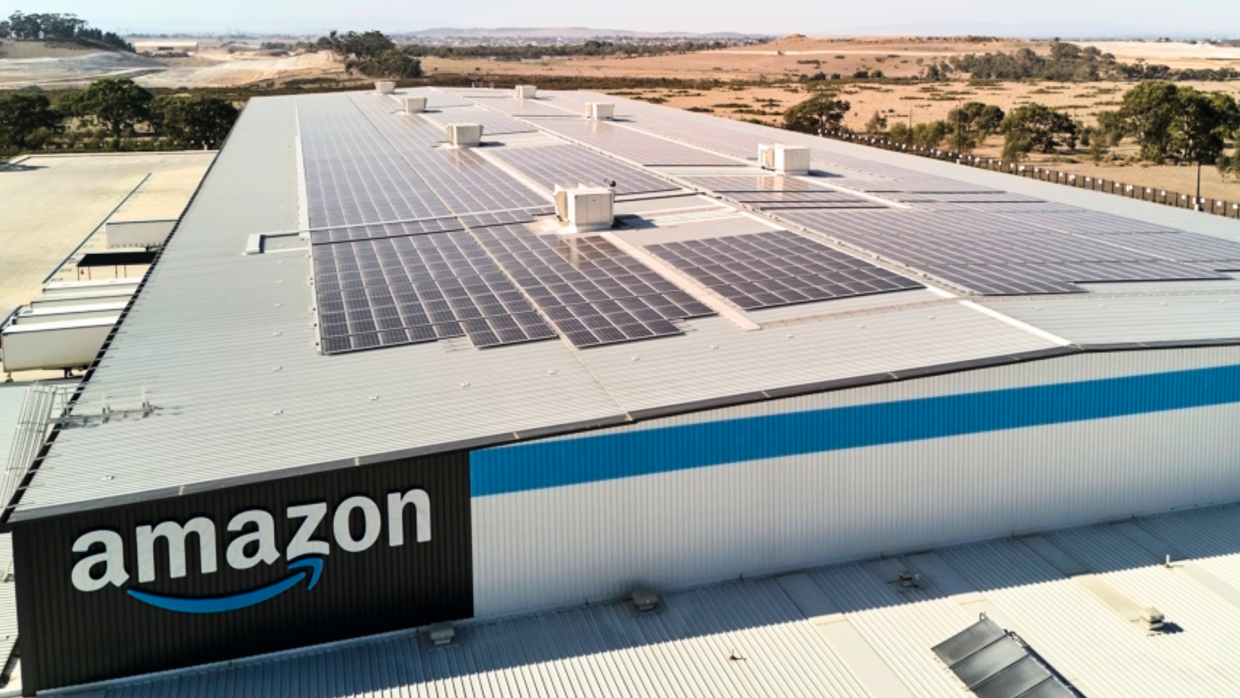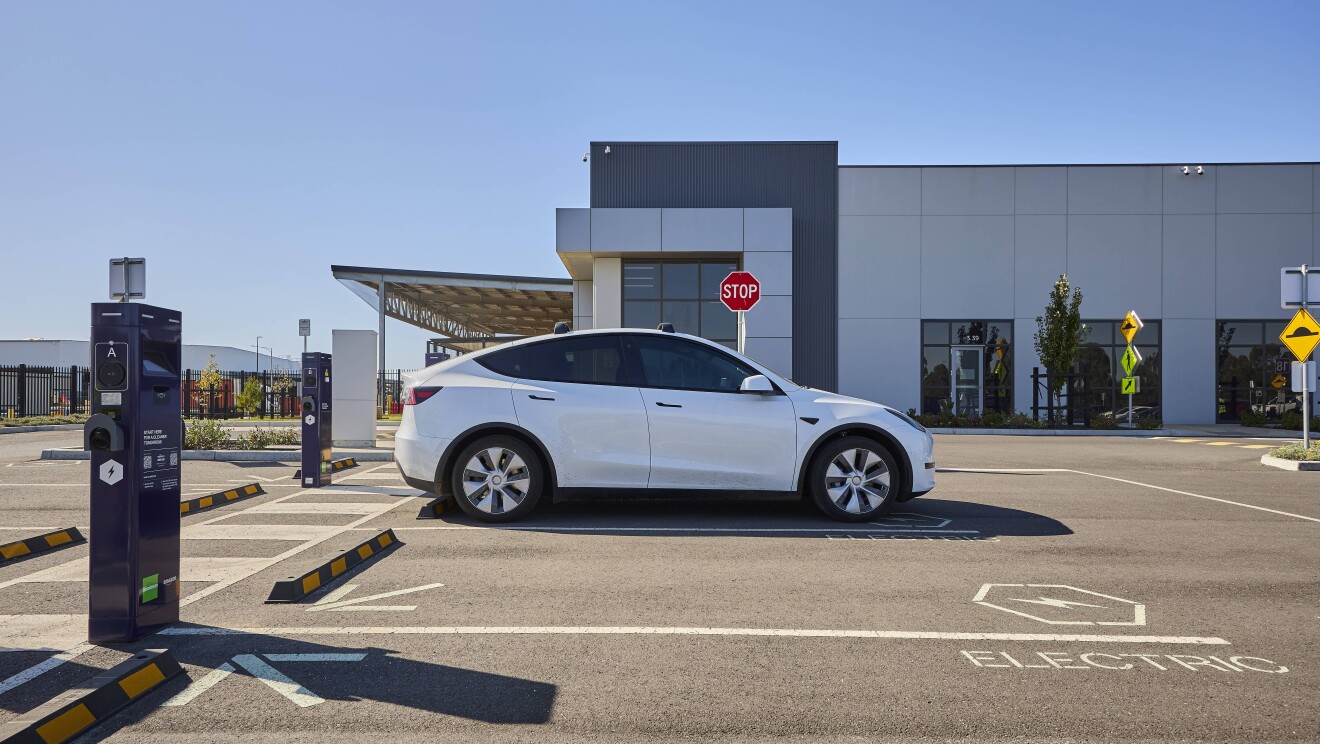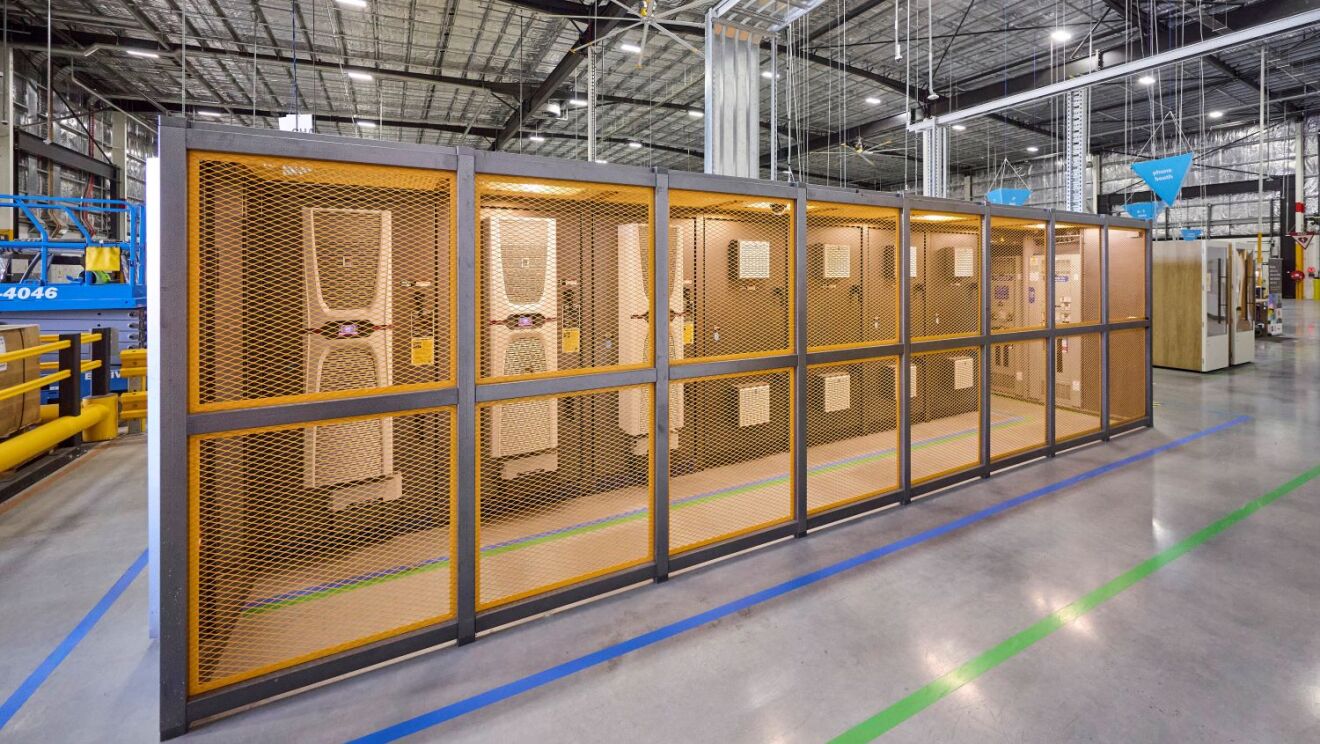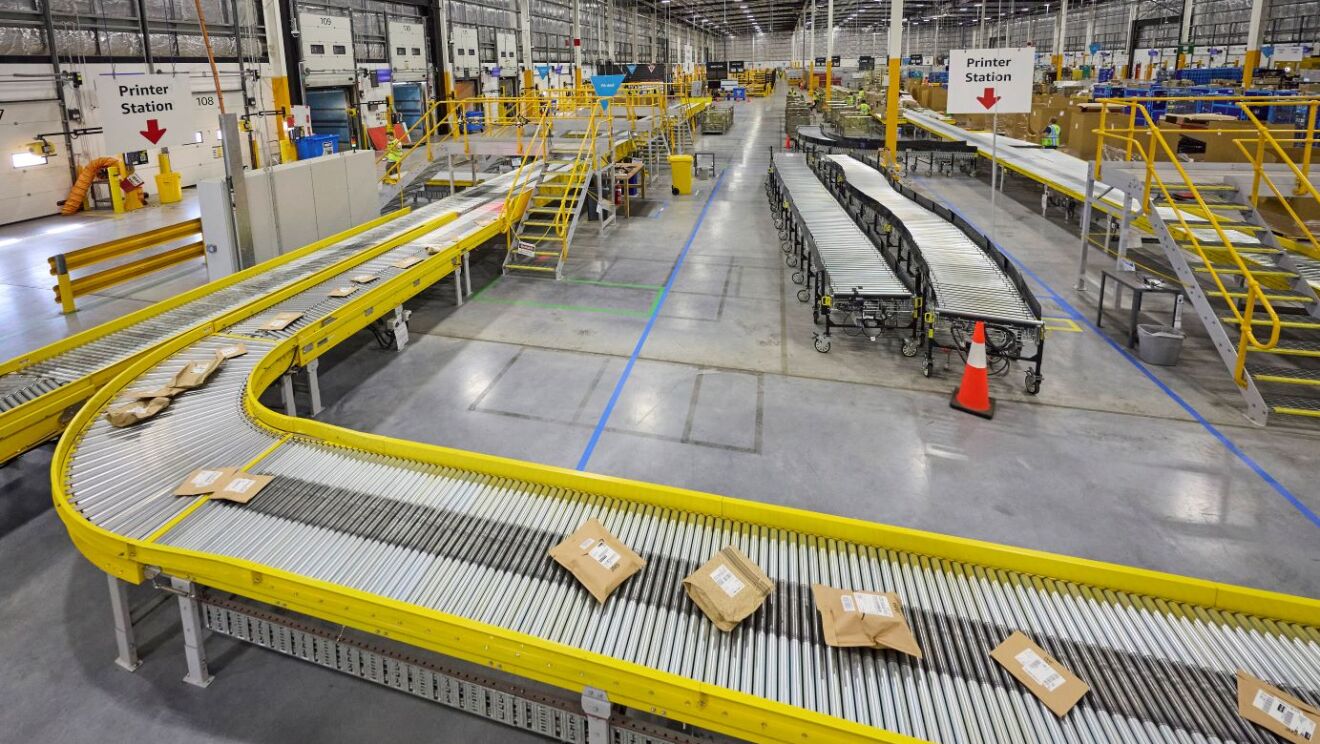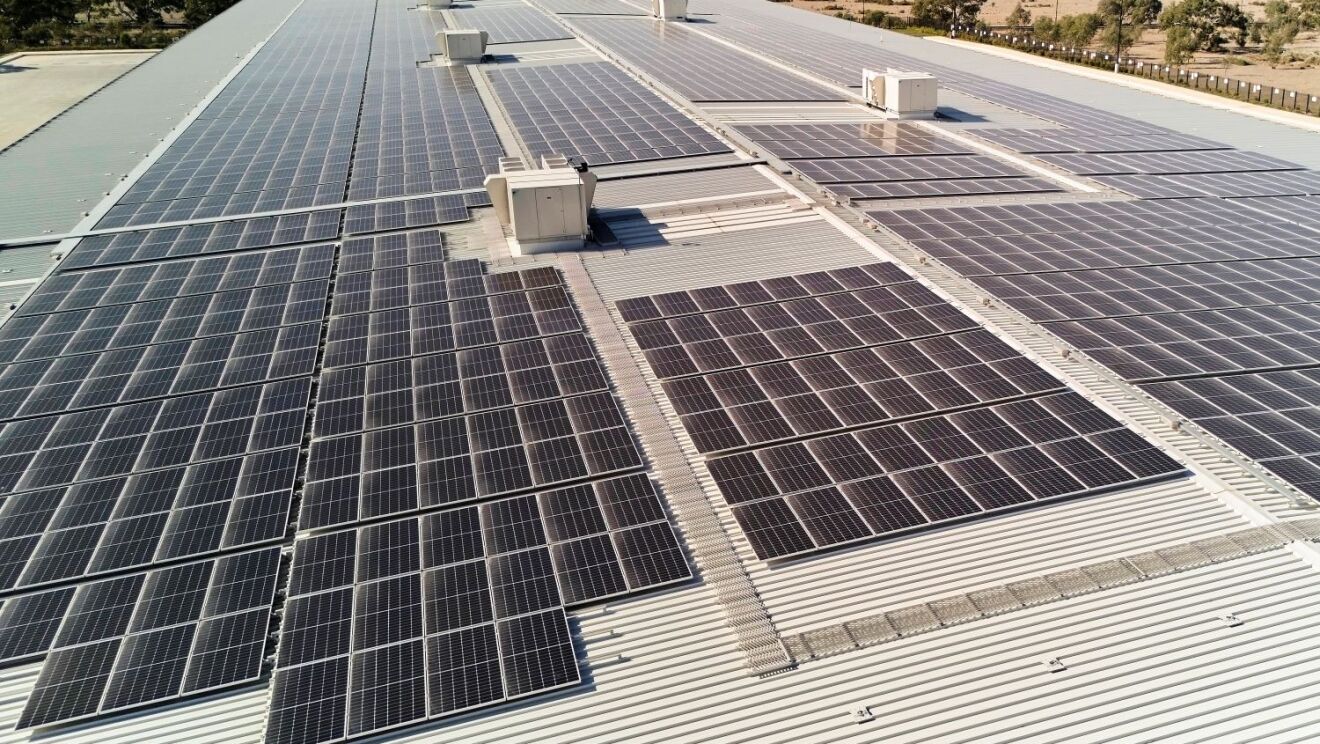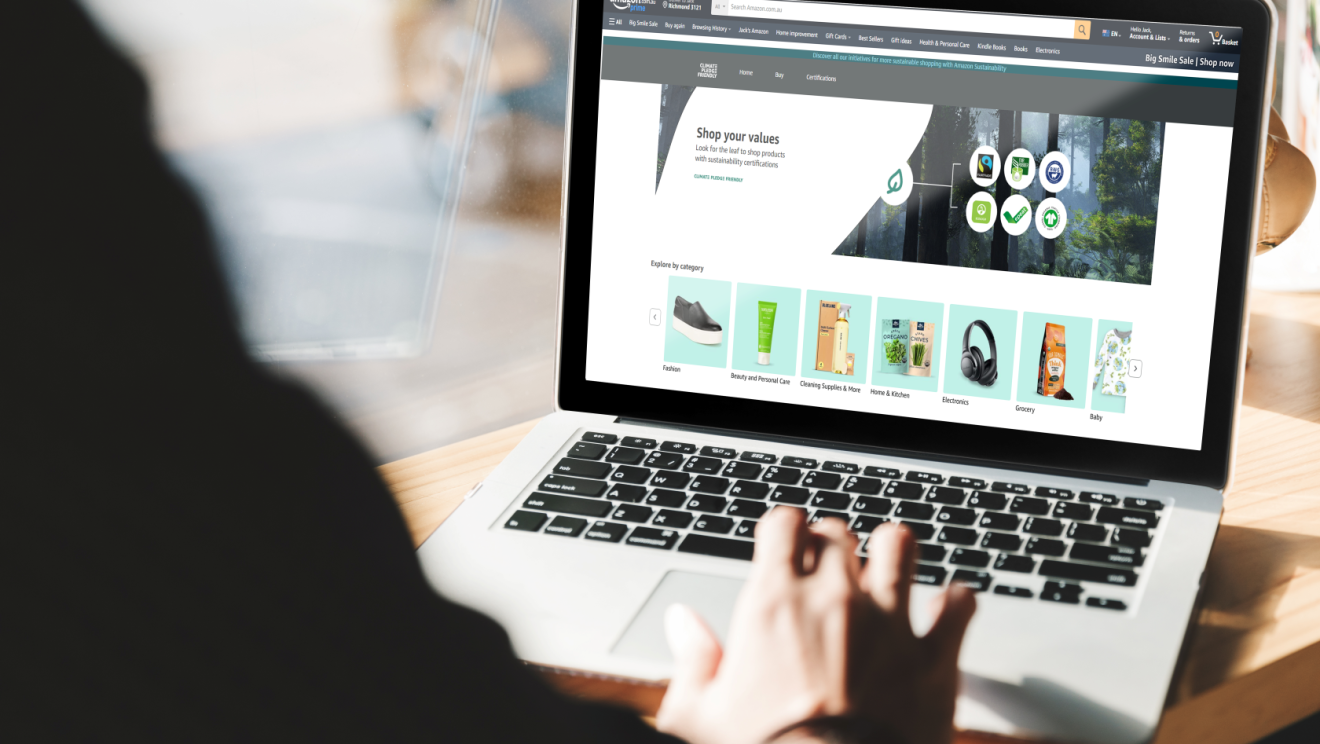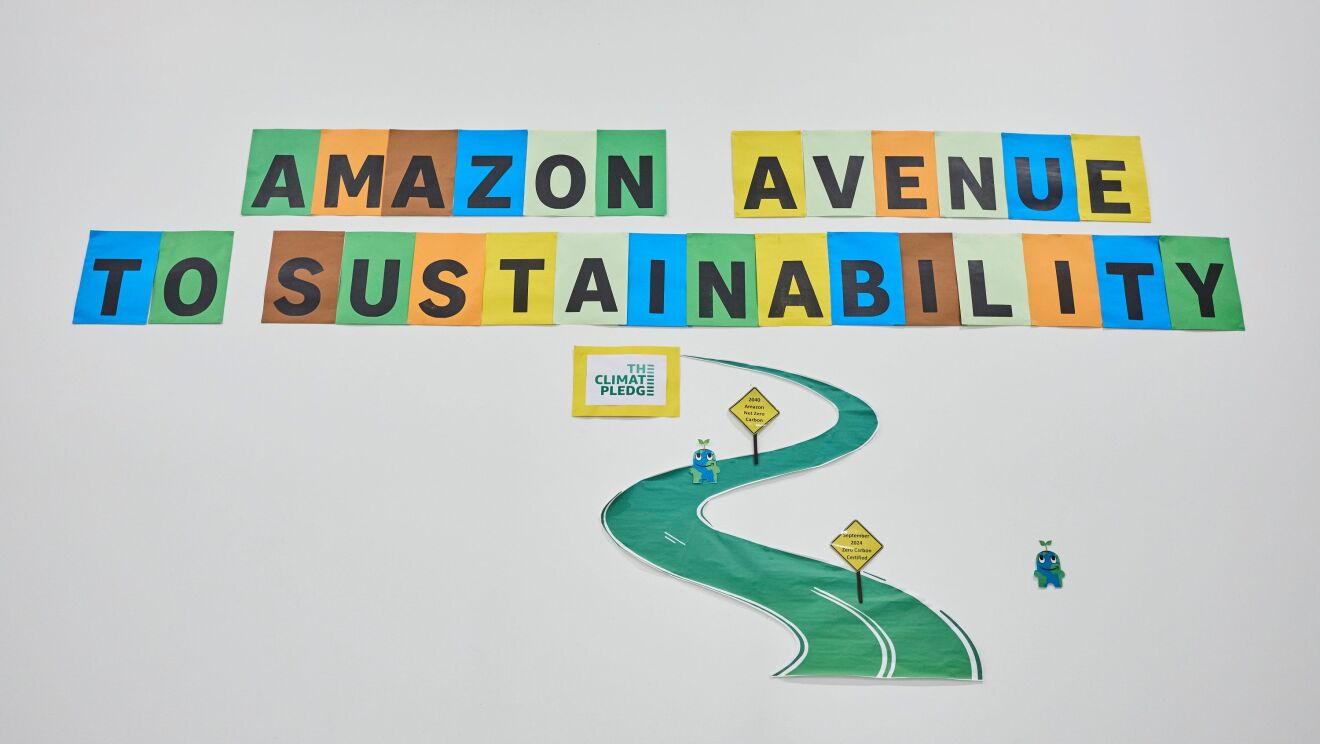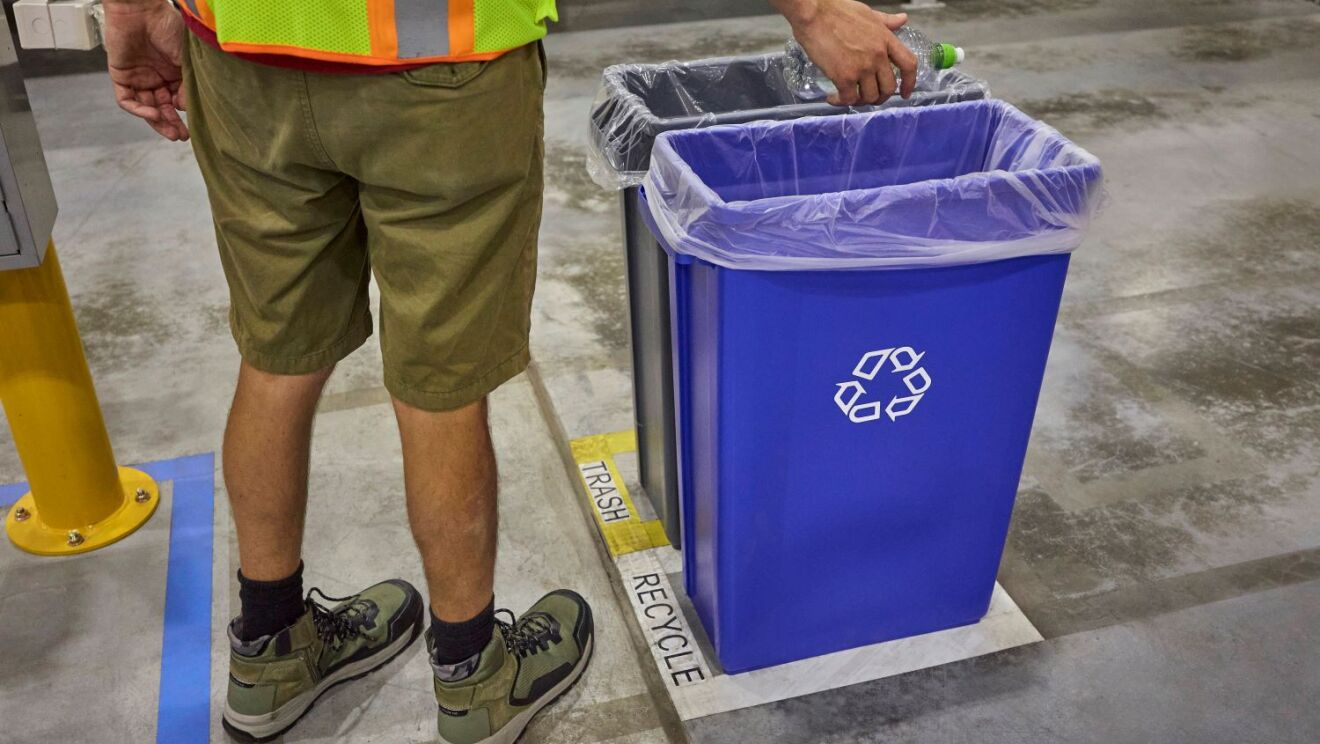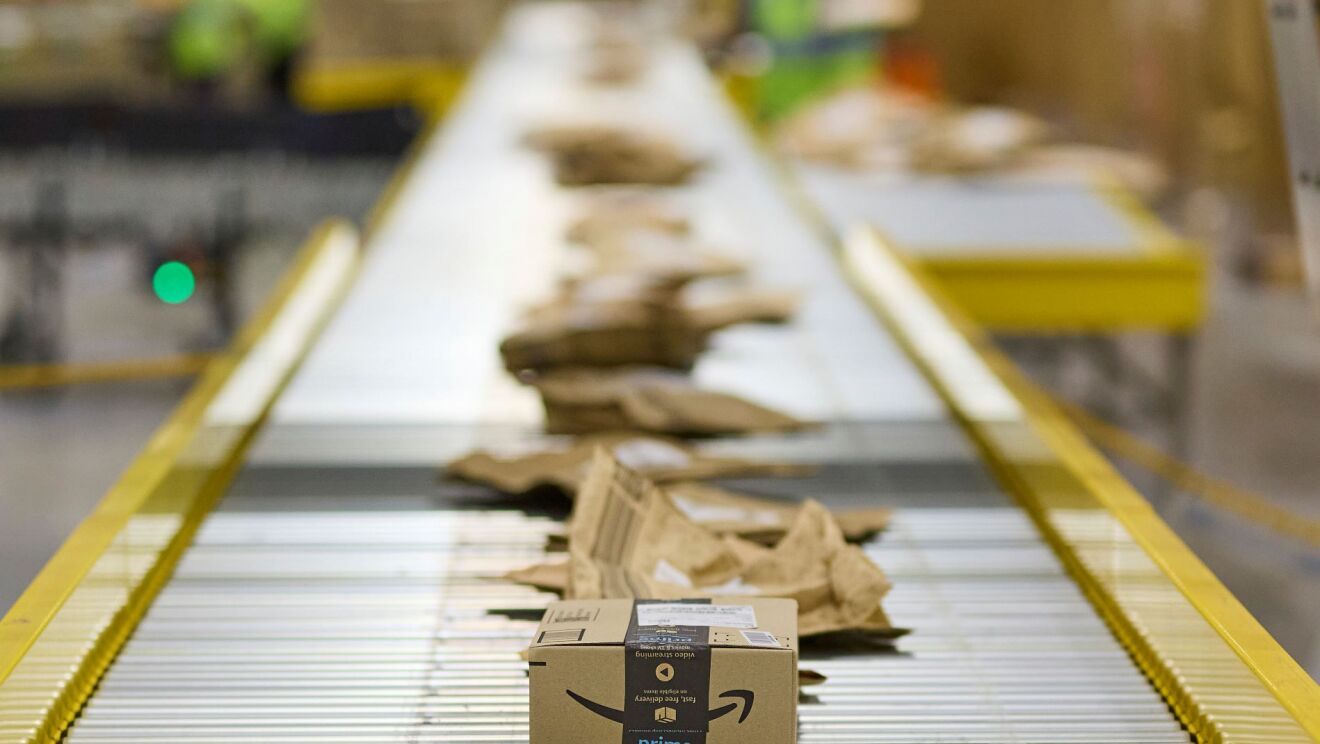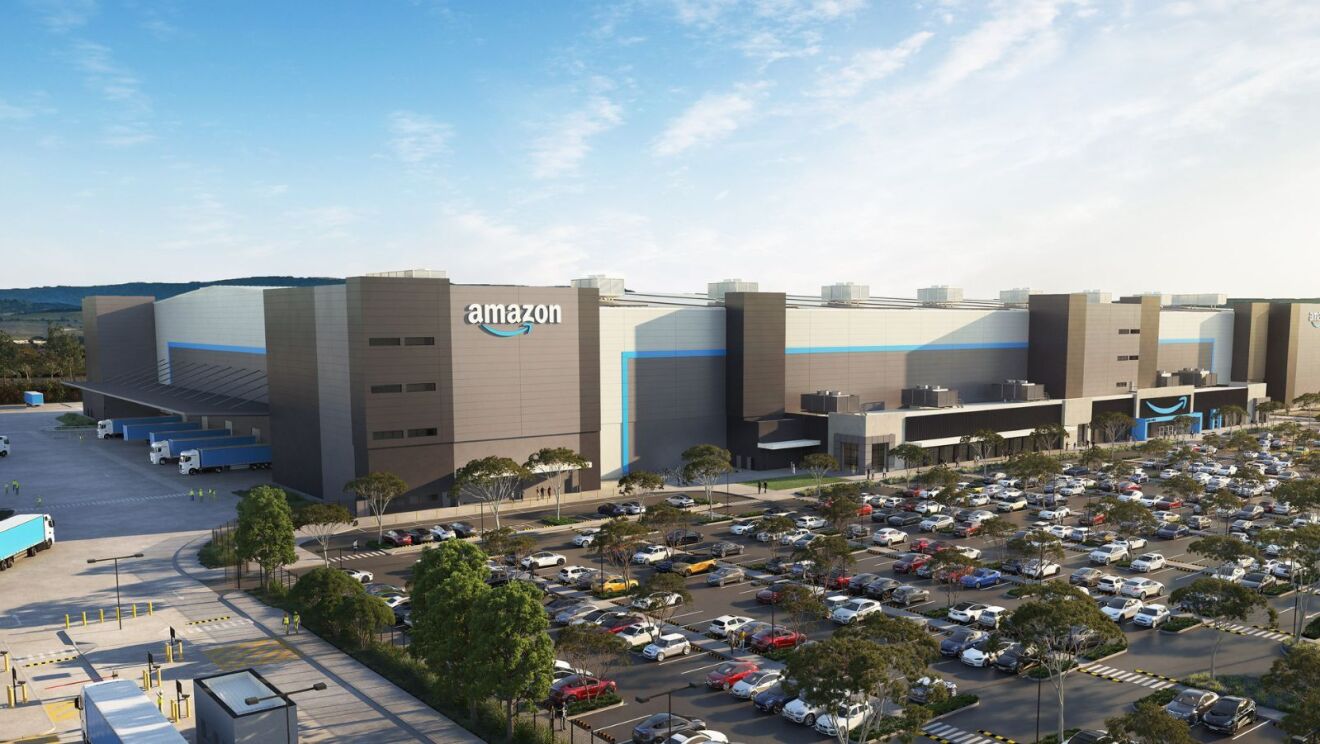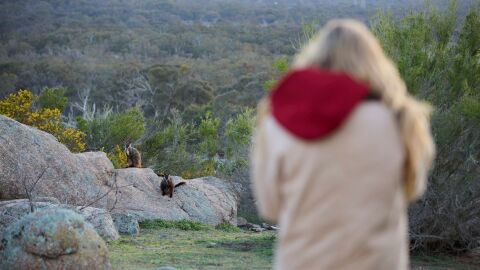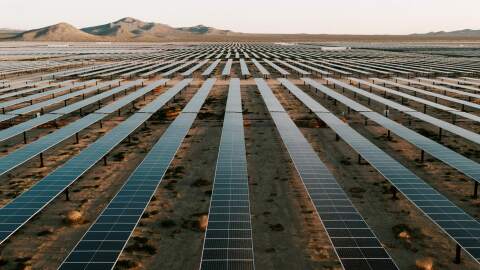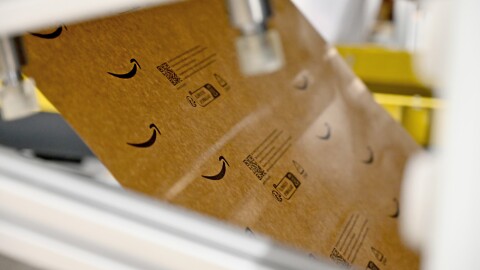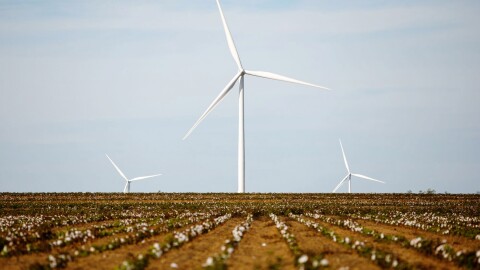Amazon’s sort centre in Craigieburn, Melbourne, has made history as Australia’s first-ever warehouse to earn a Zero Carbon Certification from the International Living Future Institute. It’s the fourth project in Australia to receive a Living Future certification.
In addition to being fitted with innovative technology that helps the site use less energy, the sort centre plays a strategic role in making Amazon’s logistics network more efficient. It sorts orders by delivery destination, before they are shipped to Amazon delivery stations or last mile carriers. This can reduce the number of trucks on the road moving parcels from site to site and enhances delivery speeds for customers.
The certification is the world’s only performance-based standard for buildings that examines both emissions released during construction as well as those released during operation – with targets needing to be met over a 12-month performance period. Alongside the Zero Carbon Certification, the sort centre has also achieved a 5-Star Green Star rating from the Green Building Council of Australia.
“At Amazon, we are laser focused on The Climate Pledge – our commitment to reach net-zero carbon emissions by 2040 —and our buildings are a big piece of this puzzle. According to the Carbon Leadership Forum, buildings and construction account for 40% of the world’s greenhouse gas emissions. Our building designs not only consider the materials and methods used in construction, but also the energy consumption throughout a building's lifecycle, and we apply those principles across our network,” said Sandra McNeil, Amazon Australia Director of Operations.
A look at some of the building’s features:
- The electricity consumed by this site is matched with 100% renewable energy. The building features more than 3,000 solar panels.
- The building is fully-electric, eliminating fossil fuel combustion from normal operations
- It features 12 electric vehicle charging stations with the capacity to install 30 in the future, making up 20% of the site’s total car parks
- A 22,000 litre rainwater recycling system connects to toilets and irrigation, water efficient sanitary fixtures and fittings to reduce mains water consumption
- Heating, ventilation and air conditioning (HVAC) is controlled by a building management system (BMS) that ensures a comfortable working environment for employees at the same time as reducing unnecessary energy consumption. LED lighting adjusts according to natural light availability and building occupancy, and indoor air quality is constantly monitored.
“It is fantastic to see Amazon make progress on its global commitments and show industry leadership through this project – the first of its kind in Australia. The Zero Carbon Certification for MEL8 means 100% of its carbon has been assessed and addressed, demonstrating actual decarbonisation. Congratulations and I look forward to celebrating your ongoing progress towards The Climate Pledge,” said Laura Hamilton-O’Hara, CEO of the Living Future Institute of Australia, local affiliate of Living Future.
Buildings are just one of the areas we are innovating and investing in to make every day better for our customers, employees, communities and the planet. We recently stopped packing products in single-use plastic delivery bags in our Australian distribution network, replacing them with recyclable paper alternatives.
The Craigieburn sort centre is the first Amazon site outside of the US to achieve the Zero Carbon Certification and joins a sortation centre in Liberty, Missouri, a Same-Day Delivery site in Sacramento and an Amazon Fresh grocery store in Seattle. Additionally, Climate Pledge Arena, which Amazon helped renovate and restore through our collaboration with the Oak View Group, is the first ILFI Zero Carbon Certified arena in the world.
Amazon now has eight renewable energy projects in Australia including two solar farms in New South Wales, one in Queensland and a wind farm in Victoria. Once fully operational, together with the company’s warehouse rooftop solar initiatives, these projects are estimated to generate the equivalent energy needed to power more than 175,000 Australian homes.
Learn more about Amazon's commitment to sustainability, and read our 2023 Sustainability Report here in full.


